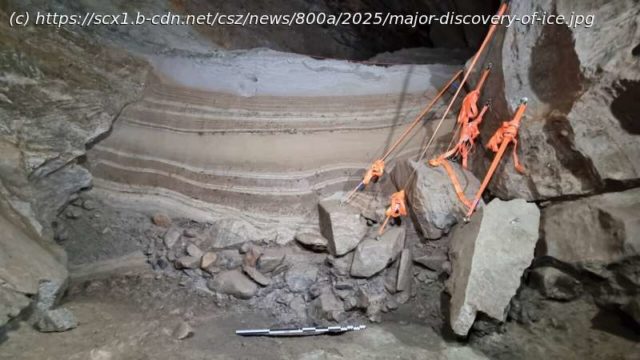Scientists have uncovered the remains of a vast animal community that lived in the European Arctic 75,000 years ago.
Scientists have uncovered the remains of a vast animal community that lived in the European Arctic 75,000 years ago.
The bones of 46 types of animals—including mammals, fish and birds—were discovered in a cave on the coast of Northern Norway, representing the oldest example of an animal community in the European Arctic during this warmer period of the ice age.
The findings are published in the Proceedings of the National Academy of Sciences (PNAS).
The research team believes the bones will help scientists understand how wildlife once responded to dramatic climate shifts, insights that will be highly relevant for conservation work today.
«These discoveries provide a rare snapshot of a vanished Arctic world», said the study’s first author, Dr. Sam Walker of Bournemouth University and the University of Oslo. «They also underscore how vulnerable cold-adapted species can be under changing climate conditions, which can help us to understand their resilience and extinction risk in the present», he added.
Among the animals they identified were polar bear, walrus, bowhead whale, Atlantic puffin, common eider, rock ptarmigan and Atlantic cod.
Домой
United States
USA — IT Scientists uncover 75,000-year-old Arctic animal remains in Norwegian cave






